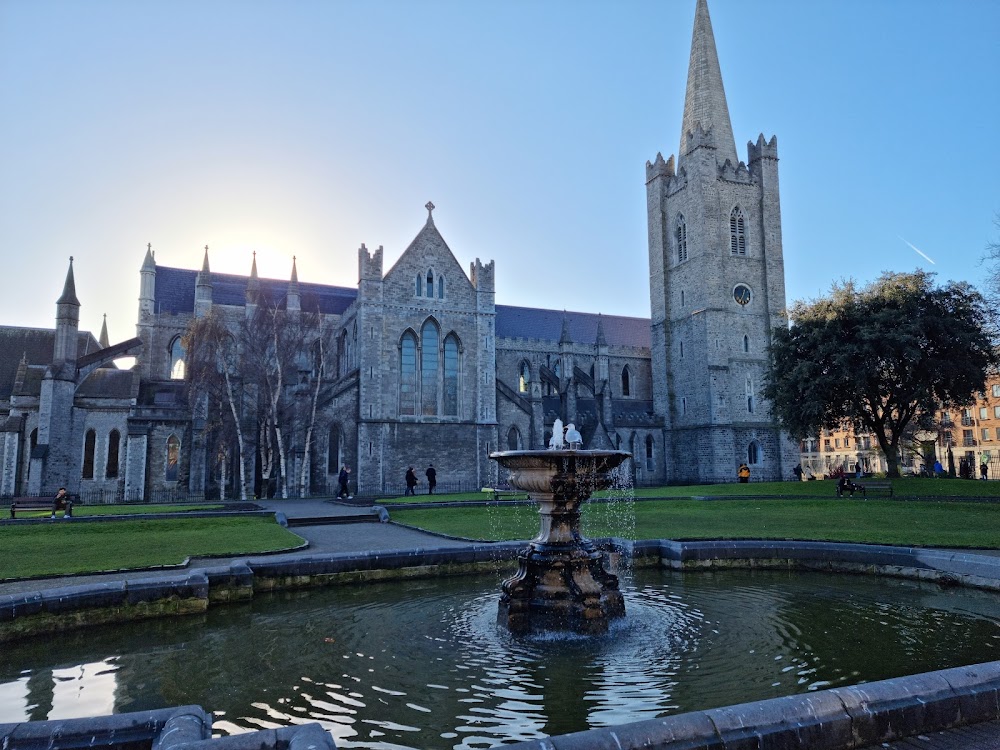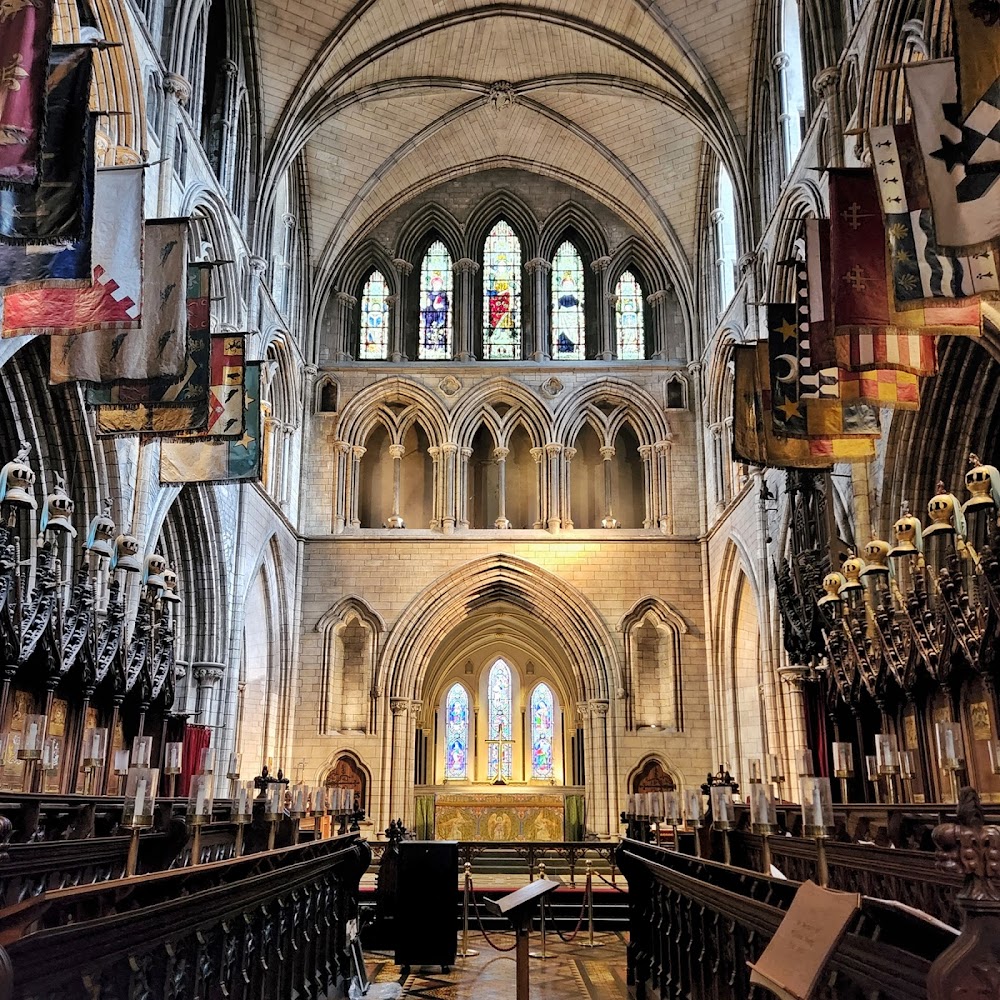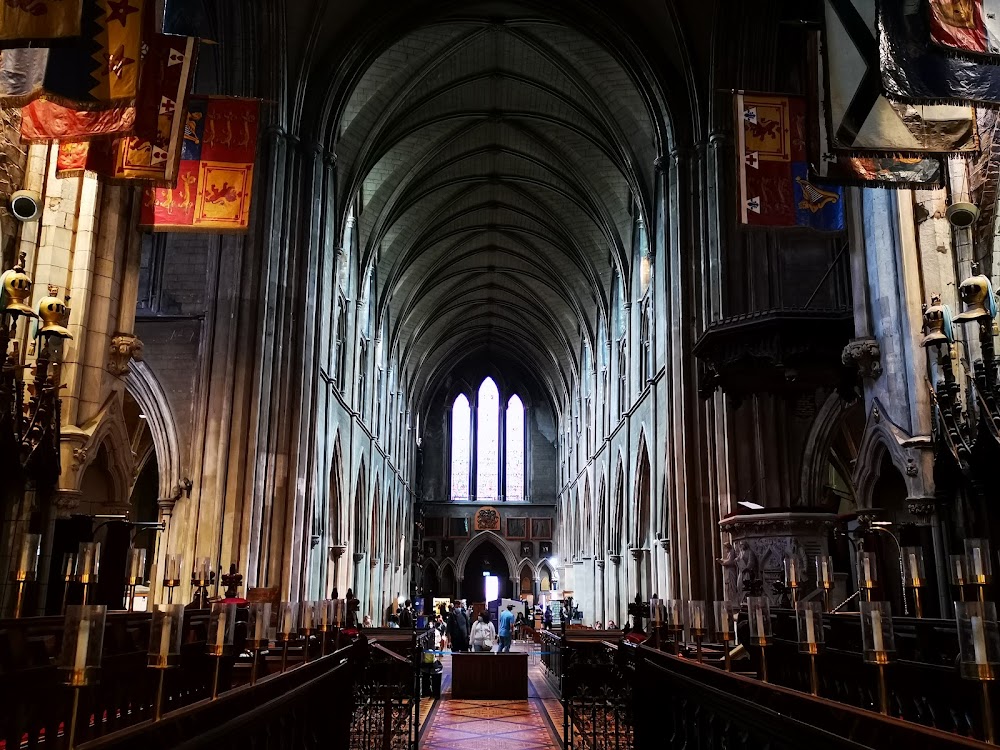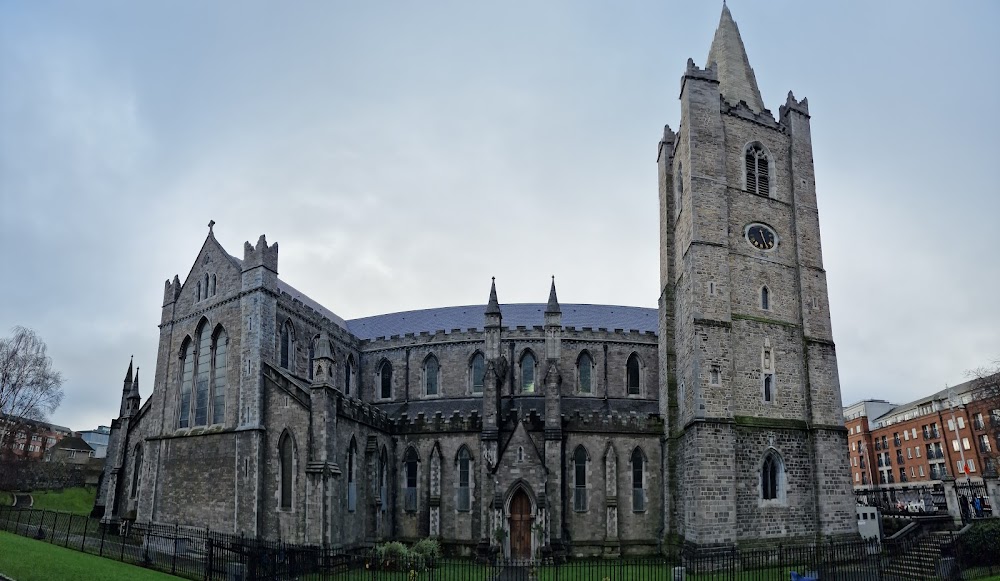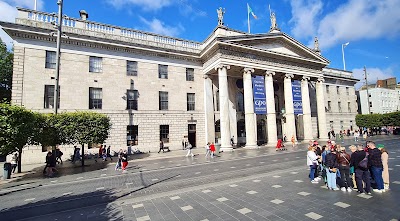St. Patrick's Cathedral (Ard-Eaglais Naomh Pádraig)
Overview
St. Patrick's Cathedral in Dublin, Ireland, is a stunning example of Gothic architecture and a vital historical and cultural landmark. Named after St. Patrick, the patron saint of Ireland, this magnificent structure has a story that dates back to the 12th century.
Historical Significance
The cathedral is built on the site where St. Patrick is believed to have baptized converts to Christianity in the 5th century. The original church was established in 1191, following the arrival of the Normans in Ireland. Archbishop John Comyn initiated the construction of the original stone structure dedicated to St. Patrick, which took place between 1191 and 1270.
By the early 13th century, the cathedral had undergone significant expansion, driven by the ambition to create a prominent religious site in Dublin to rival the older Christ Church Cathedral. Characterized by its pointed arches, ribbed vaults, and flying buttresses, the building showcases the quintessential elements of Gothic architecture.
19th Century Restoration
St. Patrick's Cathedral has seen several modifications and renovations throughout the centuries. One of the most notable periods of change occurred in the 19th century, primarily funded by Sir Benjamin Lee Guinness, the grandson of the famous Irish brewer Arthur Guinness. In the 1860s, Sir Benjamin generously donated funds for an extensive restoration aimed at preserving the cathedral's structural integrity and enhancing its beauty.
The restoration, led by architect George Edmund Street, included significant repairs such as reinforcing the walls, replacing decayed stonework, and installing new stained glass windows. Street and his team were diligent in maintaining the original Gothic style, ensuring that the cathedral's historical authenticity was preserved. The extensive restoration project lasted over a decade and was completed in 1865.
Interior Wonders
Inside St. Patrick's Cathedral, visitors will discover a treasure trove of historical artifacts and memorials. Among the most famous is the tomb of Jonathan Swift, the esteemed author of "Gulliver's Travels," who served as the Dean of the cathedral from 1713 to 1745. Additionally, there is a fascinating collection of relics associated with St. Patrick and the early Christian church.
The cathedral's interior is as impressive as its exterior, featuring a magnificent organ, exquisite tile work, and intricately designed chapels. The Lady Chapel, situated at the eastern end of the cathedral, dates back to 1270 and showcases remarkable examples of medieval craftsmanship.
A Living Landmark
St. Patrick's Cathedral plays a crucial role in Dublin's history and continues to serve as a place of worship, reflection, and community gathering. It is also a popular tourist attraction, drawing thousands of visitors each year who come to admire its architectural beauty and delve into its rich history.
Beyond its religious functions, the cathedral hosts a variety of cultural and educational events, including concerts, lectures, and exhibitions. These events contribute to the cathedral's vibrancy and relevance in contemporary society while honoring its historical significance.
Overall, St. Patrick's Cathedral stands as a testament to Dublin's architectural heritage and the enduring legacy of St. Patrick. It symbolizes faith, history, and community, cherished by both Dubliners and visitors from around the globe.


